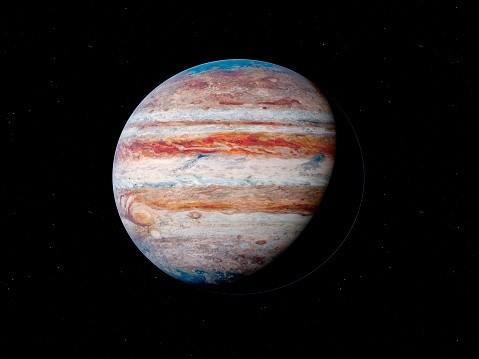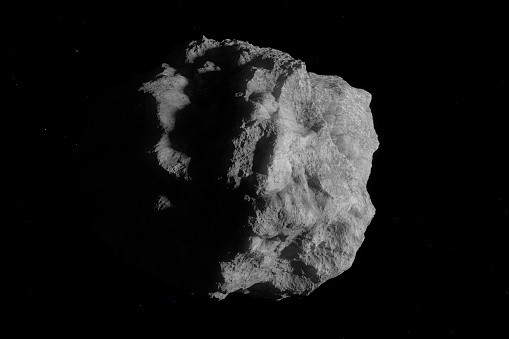NASA is planning a new mission, and this time, they're going for Jupiter. Specifically, for several things found in its orbit.

The new NASA mission, codenamed Lucy, is being groomed for a mission to Jupiter to study its so-called "Trojan Asteroids," according to Phys.org.
If things turn out well, the agency believes these asteroids could provide new insights into the formation of the Solar System, which occurred 4.5 billion years ago.
The NASA Lucy spacecraft, named after the iconic prehistoric fossil of a human ancestor, is due to launch on October 16 from Cape Canaveral, Florida.
Overall, the Lucy spacecraft will be investigating a total of eight different asteroids. One of them will be located within the main asteroid belt between the orbits of Mars and Jupiter, and the other seven being the "Trojan Asteroids."
The entire mission will occur for a total of 12 years.
NASA headquarters scientist Tom Statler is brimming with excitement about the mission. He states that the Lucy spacecraft, if it proves successful, will provide a "fantastic opportunity" to delve deeper into the distant past of the Solar System, writes NASA.
So far, the Lucy spacecraft team members have spent the last eight weeks at the Kennedy Space Center preparing for the mission. Tests of the probe's mechanical, thermal, and electrical systems have been conducted.
Last month, engineers managed to install the NASA probe's high-gain antenna, which will enable it to communicate with ground control on Earth from a distance of roughly 400 million miles.
Aside from that, the entire launch sequence has also been practiced extensively with assistance from two mission control centers: one in Kennedy, and another at the Lockheed Martin Space in Colorado.
The Lucy spacecraft will be the latest mission to Jupiter's orbit since 2016's Juno, which is still capturing breathtaking images of the gas giant.
What Are 'Trojan Asteroids?'
The term "Trojan Asteroids" aren't something that most people are familiar with. So what are these, and how do they differ from regular asteroids?

According to ScienceDirect, these asteroids move in the same orbit as their host planets (in this case, Jupiter).
However, they either keep themselves well behind or well ahead of the planet, meaning they're not likely to be engulfed by Jupiter's massive gravitational field.
Considering that these floating space rocks are remnants of the Solar System's birth, they might contain clues in the form of elements which will shed more light on the origin of our own star system.
How Will NASA Perform The Mission?
The Lucy spacecraft will do what NASA calls a flyby. It will get as close as 250 miles of the Trojan Asteroids' surfaces, using its scientific instruments to study their geology. This includes mass, volume, density, and the overall composition of the asteroids themselves.
As a solar-powered probe, Lucy will be the first one of its kind to go this distance. It will also be the first one to observe more asteroids than any other spacecraft. And to achieve this feat, it's definitely not cheap: the cost of the entire mission is an astounding $981 million.
This article is owned by Tech Times
Written by RJ Pierce




